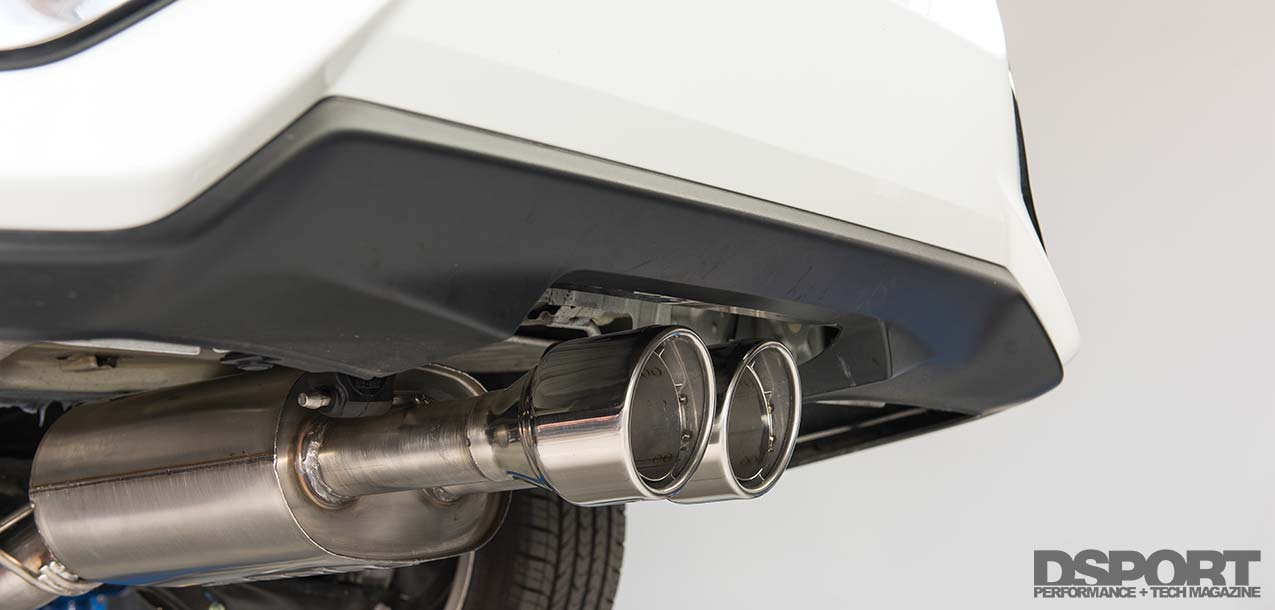Borla Exhaust BORLA Exhaust for the 2017+ Honda Civic Si P/n – 140777 The Borla catback exhaust offers an inexpensive way to tremendously improve your 10th-generation Civic Si’s exhaust note. Constructed from 304 stainless steel, the five-piece, TIG-welded system uses a single muffler design with a single resonator. Weighing in […]
Read More
ATLP Exhaust | 2019 Civic Si Exhaust Showcase
ATLP Performance Exhaust System P/N – ES00017 The ATLP exhaust for the 2019 Honda Civic Si is constructed from 439 stainless steel material. It features a three-piece, TIG-welded design with no resonators and a single muffler. The flanges are 9.5mm laser cut, with dual 100mm double wall straight tips. ATLP, […]
Read More
Invidia Exhaust | 2019 Civic Si Exhaust Showcase
Invidia USA 70mm Civic Si 4D Gemini TI Tip Exhaust P/N – HS17CS47GM3ST Invidia’s new high performance gemini catback exhaust graces the rear of the car with three large 110mm slant cut tips with a burnt finish. The three-piece TIG-welded exhaust features a single resonator and three small mufflers. Constructed […]
Read More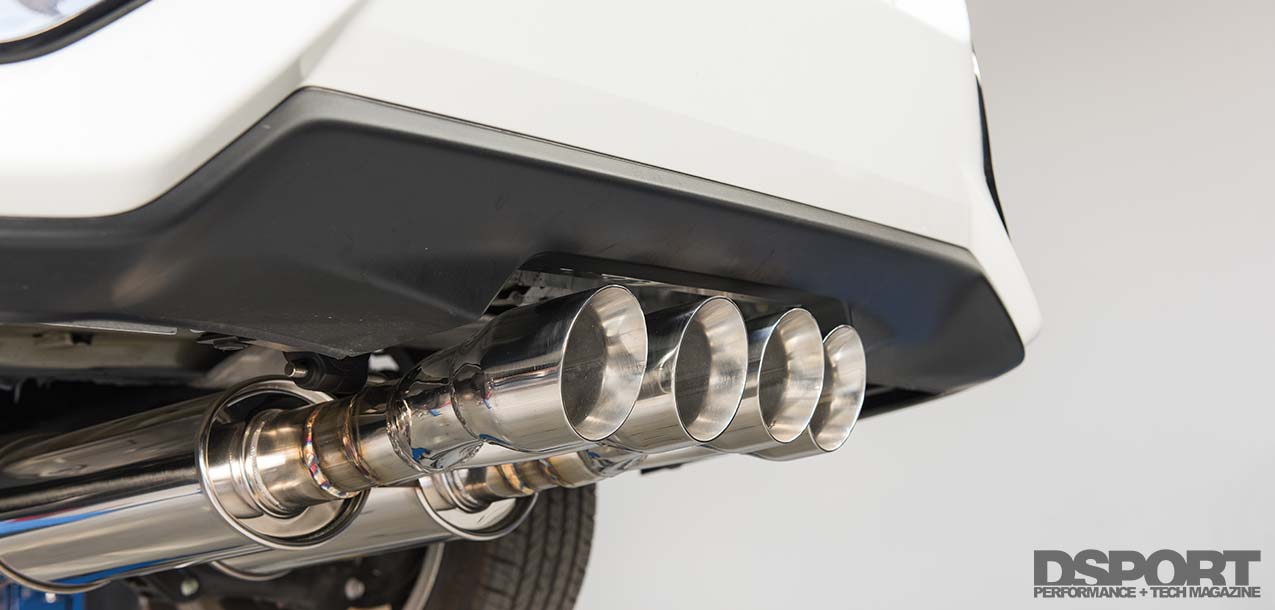
MA Performance Stealth Exhaust | 2019 Civic Si Exhaust Showcase
MAPerformance MAP Stealth Catback Exhaust P/N – HDAX-CBE-SN The mildest version of MAperformance catback exhaust for the Honda Civic Si comes with two mufflers. All three variations include the same pipes, the only difference will be the axleback, with two mufflers, one muffler, then no mufflers for the Race variation. […]
Read More
MAPerformance Street Exhaust | 2019 Civic Si Exhaust Showcase
MAPerformance MAP Street Catback Exhaust P/N – HDAX-CBE-SN A more aggressive version of the stealth, yet milder than the Race, the MAPerformance Street catback exhaust for the 10th generation Honda Civic Si is much lighter than the Stealth and the stock systems. Constructed from 304 stainless steel, the system offers great […]
Read More
MAPerformance Race Exhaust | 2019 Civic Si Exhaust Showcase
MAPerformance MAP Race Catback Exhaust P/N – HDAX-CBE-SN The MAPerformance race catback exhaust is the most aggressive option for the Civic Si. With one resonator and no mufflers, the four tips give a unique design, with the two inside ones sticking out. This gives a great dynamic to the rear […]
Read More
Remark Exhaust | 2019 Civic Si Exhaust Showcase
Remark Catback Exhaust for Honda Civic Si 17+ Sedan (FC1) P/N – RK-C1076H-02 The Remark exhaust for the 10th generation civic si features dual 3.5-inch tips and 3-inch piping diameter. The slant-cut tips work well the Si and make up for the terrible design of the stock exhaust. REMARK laser-cut […]
Read More
Quick Tech | Cryo 101 Part:1
Over 20 years ago, I was promised the world. Send me your Talon’s center differential and I’ll cryo treat it and it won’t break anymore. The factory two-spider gear center differential is a known weak link once the transfer case and axles are upgraded on the 1G DSM. Guess what? […]
Read More
Test & Tune: 2017 Ford Mustang | Intake, Exhaust & Tune
When we first decided to hire our Marketing Director, Kareem, we weren’t sure he would be the right fit. After all, he drives an automatic convertible Ford Mustang Ecoboost. Given his pony car had a turbocharger, we thought we would give him a shot hoping his marketing skills were better […]
Read More
Instagram Question | E85? Nitrous Oxide? Or both?
RE: NX Nitrous Oxide Plate for FR-S/BRZ I’m looking for more power. E85? Nitrous Oxide? Or both? Can I do this on stock internals or is it too much for the stock internals to handle? Instagram Question from @Busa_badger_pg DSPORT Issue #213 DSPORT Answer Switching over from pump gas (which […]
Read More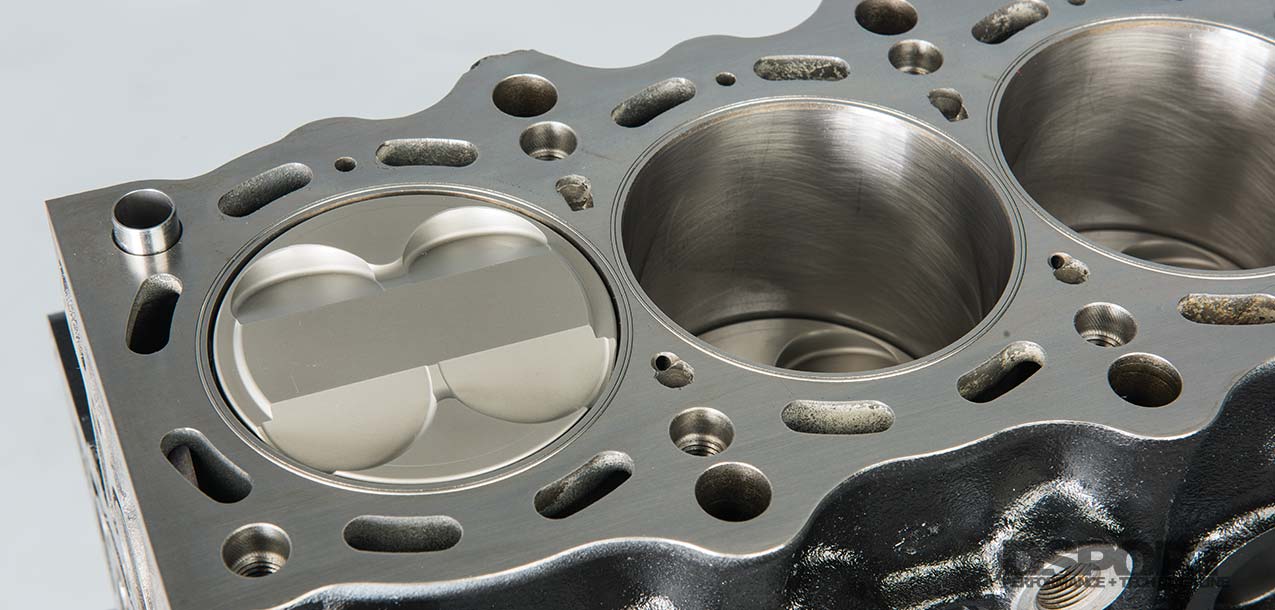
Performance Tech | Compression Ratio 101 Part:2
Opinions are like assholes and everyone has one. Look on a forum, blog, Instagram or YouTube account and you can find a number of “engine builders” sharing their thoughts and feelings on the best compression ratio for a particular engine or application. If you take away anything more than the […]
Read More
Test & Tune: 2019 Subaru WRX | 91-Octane vs E85
What’s your poison? Do you prefer wine or tequila? Both have their place. Wine will make you feel relaxed. Due to its lower alcohol content, wine can deliver an extended range and can be found much easier than its high-alcohol alternative. 91-octane pump gas is the wine of fuel options. […]
Read More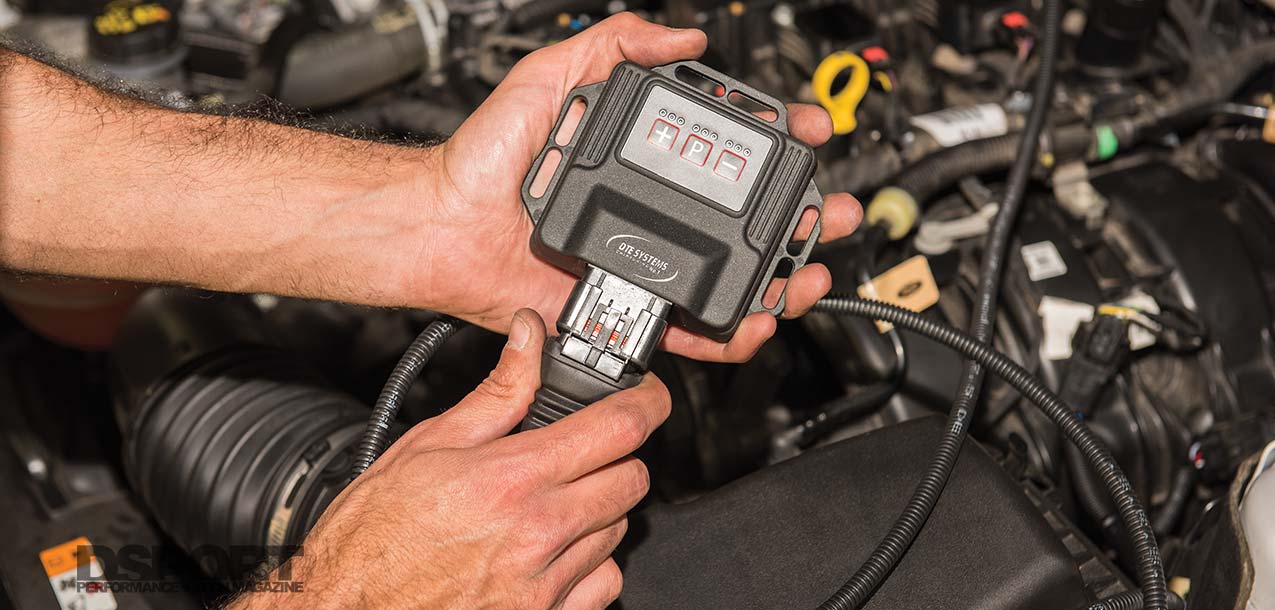
DTE Systems | New Tuning Solution
There used to be a time when tuning consisted of using a screwdriver to change jets in the carburetor and reading spark plugs to determine air/fuel ratios. Today, aftermarket companies offer tuning solutions that vary from stand-alone ECUs, to ECU reflash that can quickly be done by just about any […]
Read More
Quick Tech | Halogen vs LED: Which One is Right for You?
If you don’t drive your car at night, stop reading this story. If you’re one of the millions that follow the light, then this might be of service to you. Whether you have a burnt bulb or you want to upgrade your headlights, the options are numerous. While we were […]
Read More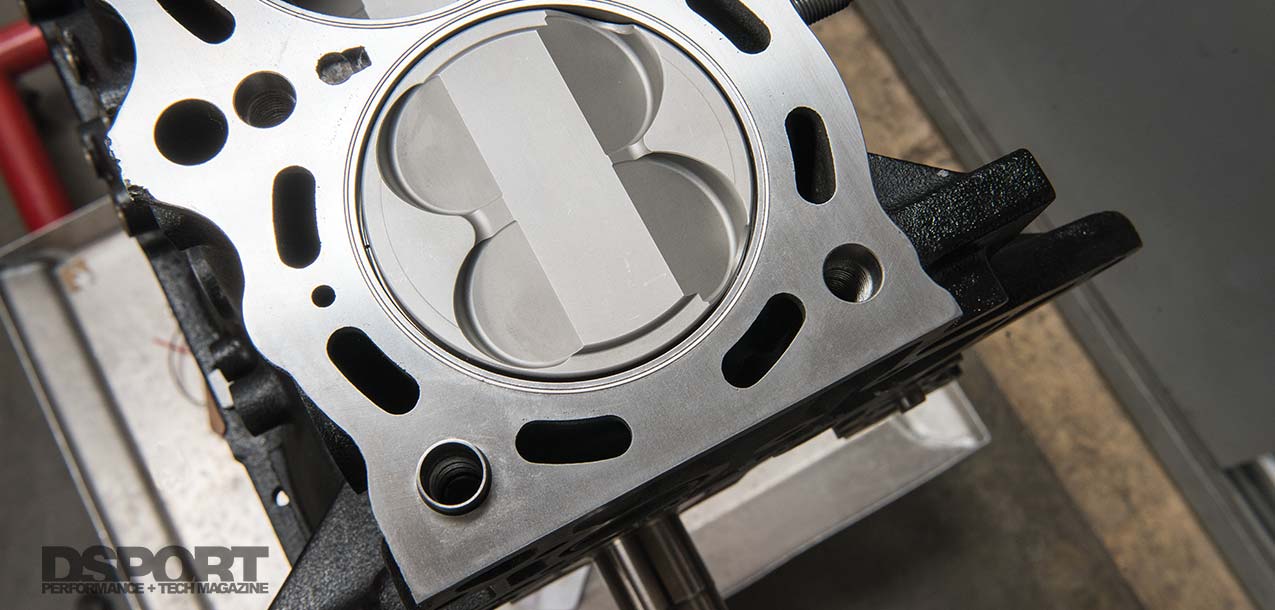
Performance Tech | Compression Ratio 101 Part:1
Optimizing an engine’s compression ratio for the type of fuel and the boost levels (forced induction applications) that will be used can result in additional power, increased torque and improved fuel economy. As you may already be aware of, some engines are optimized from the factory to run on higher-octane […]
Read More

